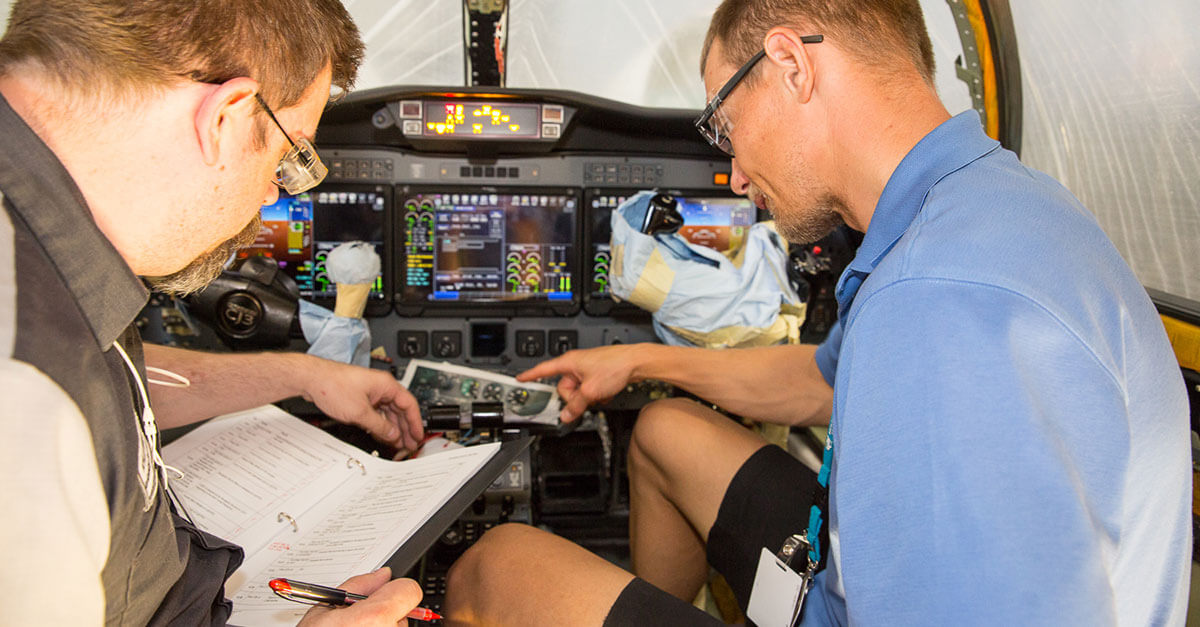
Jan 11, 2019
Those who aspire to an avionics career now have another way to become a certified repairman – one recently endorsed by the FAA.
By passing a written test developed and accredited by the American Society for Testing and Materials’ National Center for Aerospace & Transportation Technologies, an individual earns the Aircraft Electronics Technician (AET) certification. That achievement, which demonstrates basic knowledge of aircraft design, maintenance and electronics, along with an additional avionics endorsement, now satisfies the FAA’s formal training requirement outlined in CFR 65.101 (a) (5) (ii).
Those accomplishments replace the 18 months of specific maintenance experience, along with an employer’s recommendation to earn a repairman’s certificate, explained Rick Ochs, CEO of Spirit Aeronautics.
The certification, he said, opens doors to job opportunities while making it easier for employers to vet applicants. “We use it as a prerequisite to come on board as an apprentice,” Ochs added. “If applicants come with the AET, we know they have the knowledge to advance to a journeyman or master technician. It shows the they took the initiative.”
More than 15 years in the making, the certification’s criteria – developed by industry working groups that included NBAA, the U.S. military, manufacturers, repair stations and academia – have evolved over the years to cover advanced aircraft systems. It became an industry standard, and during that time more than 2,000 technicians took the test, prompting the FAA to recognize the certification as formal training in response to a petition by the Aircraft Electronics Association (AEA), which represents certified repair stations.
“This helps define what an avionics technician is,” said Michael Adamson, the association’s president. “It’s a specialty that’s changing all the time.” The certification also is valuable because it tests for knowledge employers are looking for, everything from basic theory to digital logic to tools and testing equipment, he pointed out.
With ADS-B equipment requirements fast approaching and passengers who expect to stay connected with WiFi and other information technology accommodations, avionics technicians need skills that range from keeping an aircraft airworthy to “fit for mission,” noted Jim Sparks, an aviation maintenance instructor and member of NBAA’s Workforce Development Committee. Shortfalls in either area can keep an aircraft grounded, he added.
“In business aircraft, if the people in the back are not connected, the airplane stays off line,” Sparks said.


 International Business Aviation Council Ltd.
International Business Aviation Council Ltd.